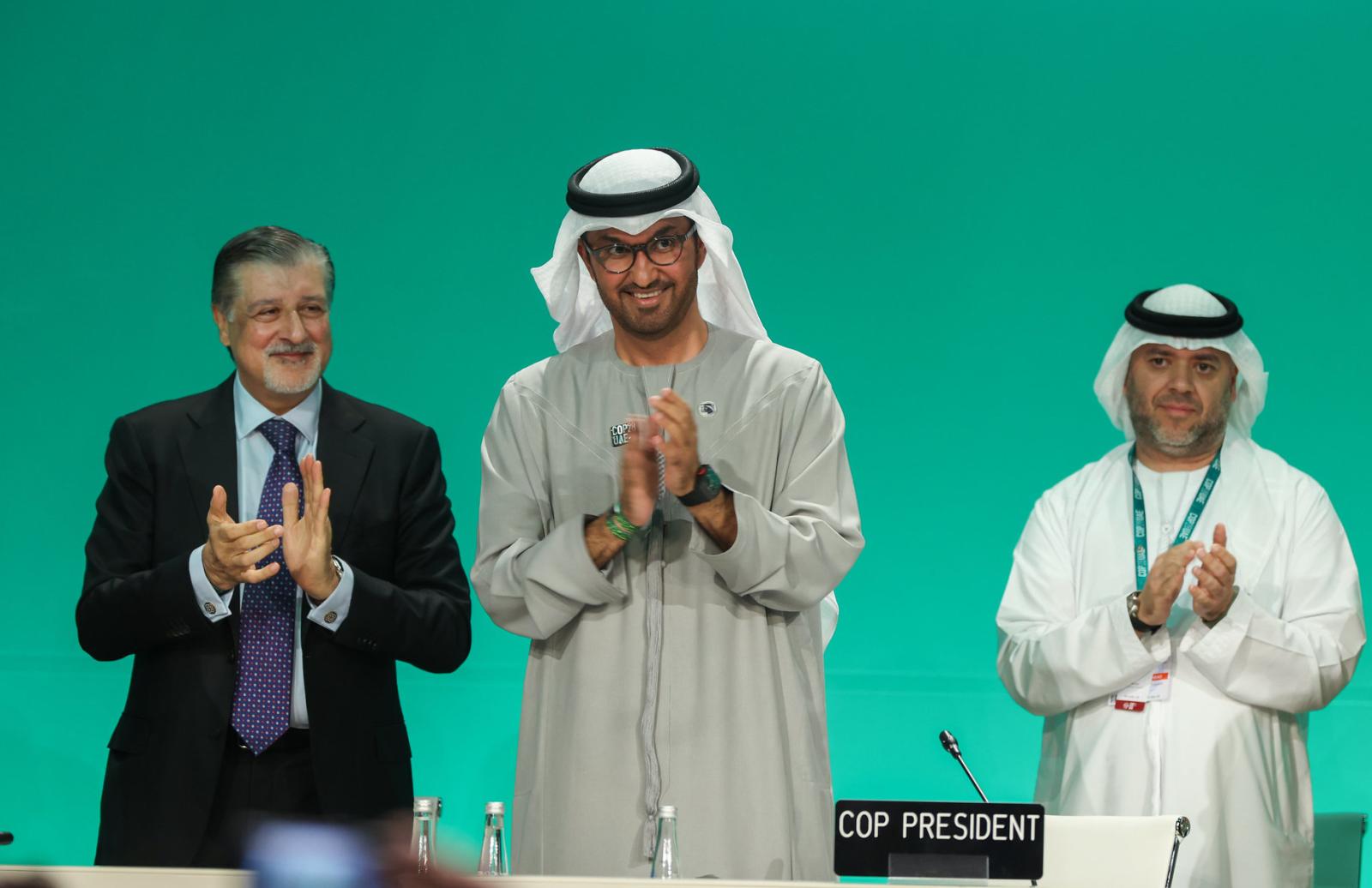The third day of the FENS Forum opens with one negative note, the knowledge that the conference already reached his half-life. Most of the participant already visited at least once all of the stands of the guested companies, therefore the main focused returned to be aimed to the presentations and the new posters.
3 – Daniela Pietrobon, University of Padova, Italy
Daniela Pietrobon’s lab is currently studying the mechanisms that trigger migraine and the molecular target that could be pharmacologically regulated to relieve this disease. The trigger of migraine events is the cortical spreading depression, which causes waves of hyperpolarization in all cortical neuron. They analyzed the specifics of excitatory and inhibitory circuits in models of familiar migraine and demonstrated how P/Q Voltage gated Calcium channel are at the base of the excitation/inhibition unbalance that triggers events of CSD, indicating how more insights on the functions of this channels and on molecules that modulate their activity could provide new chances for alleviating these debilitating events.
2 – David Fitzpatrick, Max Plank Florida Institute, USA
David Fitzpatrick and his lab analyzed the visual cortex of the ferret finding groups of neurons that responds selectively to onsets and offsets of light, confirming the existence of a cortical map for on/off light. Visual stimuli from the retina are collected and sent to the thalamus and finally to the visual cortex. Contrary to the orientation map, the on/off maps in the visual cortex are a novelty. These experiments were performed recording the activity of population of cells in the cortex of live animals, which enables to measure the response to specific stimuli given to the animal.
1 – Adriano Aguzzi, University Hospital of Zurig, Switzerland
Adriano Aguzzi’s lab is strongly involved in studying prion diseases. His study allowed already shedding light on the process of transmission and progress of the Creutzfeldt–Jakob disease (CJD), finding how chronic inflammation together with prion acquisition are required for prions to duplicate. More importantly, his lab tested some molecules able to bind prions, thus resulting in the stabilization of these complexes and preventing them from breaking and replicating. On these bases, new molecules are being tested in his lab, thus allowing to draw new rules for designing drugs able to stabilize prions in CJD and others similar. Such an effort is also contributing to a better understanding of how prions trigger cytotoxicity in brain cells not only in CJD, but in other protein aggregating diseases as well.



